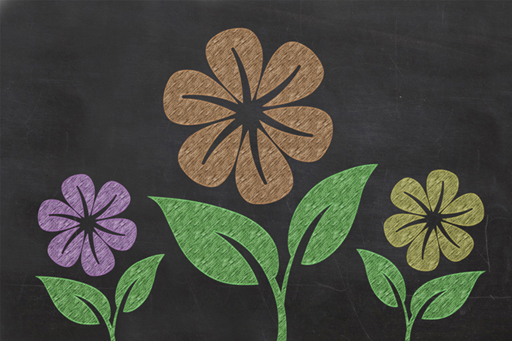1.5.3 Why does it matter?

You now know what osmosis is and that it’s the process that keeps plants firm but, other than keeping your flowers from wilting, are there any other examples of osmosis in the natural world? Unsurprisingly, the answer is yes, there are many, and here are just a few:
- As well as keeping plants rigid, osmosis is also the way that plants draw water and nutrients into their roots.
- If you’ve ever stayed in the bath too long and seen your fingers turn a bit ‘pruney’, it’s because your fingertips have absorbed water through osmosis and become bloated, making them wrinkly.
- Ever had salted fish? The fish is covered with salt to preserve it. Osmosis is the process whereby the salt draws water from the fish’s cells, drying it out. This, gruesomely, is the same thing that happens when slugs encounter salt.
- If you have soaked raisins overnight in alcohol for a recipe, the liquid soaked into the fruit by osmosis.
- Cholera is rare in developed countries, due to clean water supplies and good healthcare, but it used to be one of the most feared diseases in the world. Cholera damages our intestines in such a way to cause osmosis to happen in an unwanted direction. The cells of the intestine become unable to absorb water and instead it flows from the rest of the body into them, causing diarrhoea, dehydration and often death.
- Industrially, osmosis is used to purify water, at desalination plants where seawater is turned into drinkable water.
- Osmosis is also used in modern medicine. When patients are treated with dialysis to replace lost kidney function, osmosis is the process which is used to filter waste materials and excess water from the blood.
Now, you may remember that Janet mentioned a green energy source in this week’s guide video. Well, this relates to the use of osmosis to generate electricity. Where rivers flow into the ocean, freshwater and saltwater naturally meet, resulting in a natural mixing of waters of different salinity. Construction of a power plant at such a site allows freshwater and saltwater to be guided into separate chambers, divided by an artificial membrane. At the membrane, the freshwater is drawn towards the seawater. This flow puts pressure on the side of the seawater and that pressure can be used to drive a turbine, producing electricity that produces no greenhouse gases. The only waste product is brackish water (a mixture of saltwater and freshwater), which can be pumped out to sea.
Power plants that utilise osmosis in this way have been trialled, but only as prototypes, as the technology is still relatively new. The first was in Norway, where it generated up to 4 KW; barely enough to keep a couple of houses supplied with power, and the company shelved their development plans. However the technology can still be developed further, if improvements in the efficiency and cost of the membrane can be achieved.
Those are just a few examples of osmosis in real life, can you find some more? .
